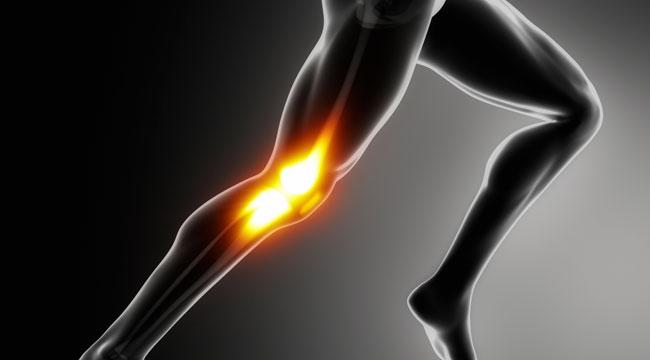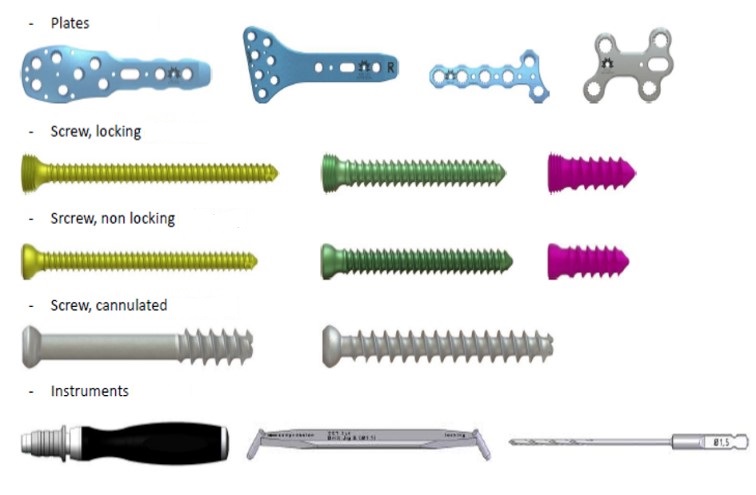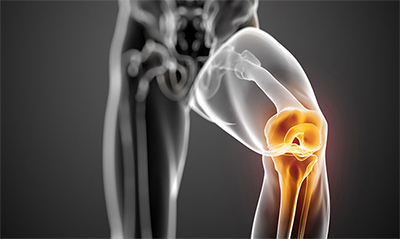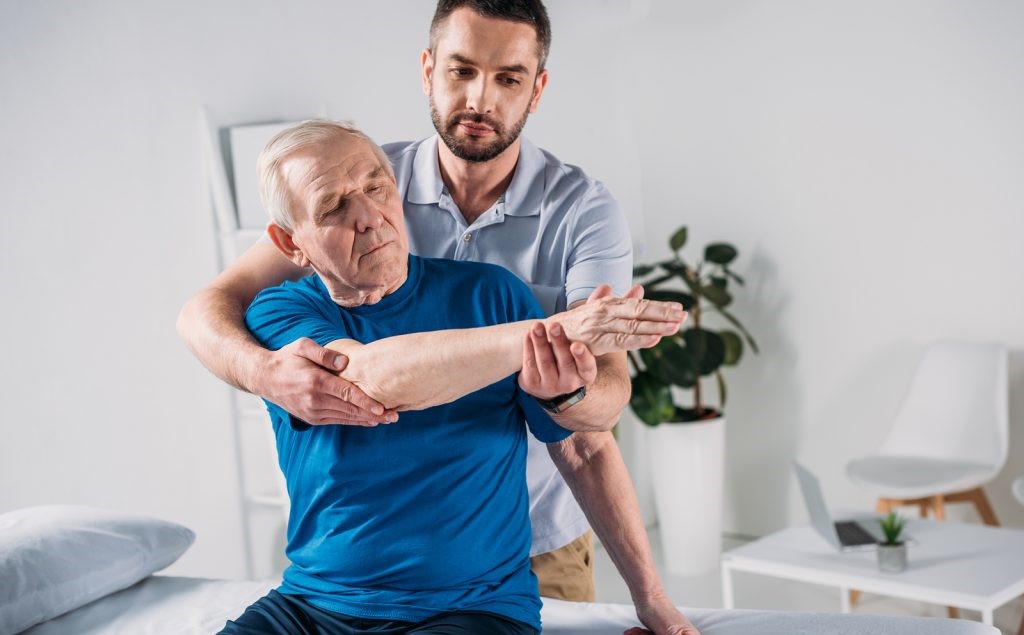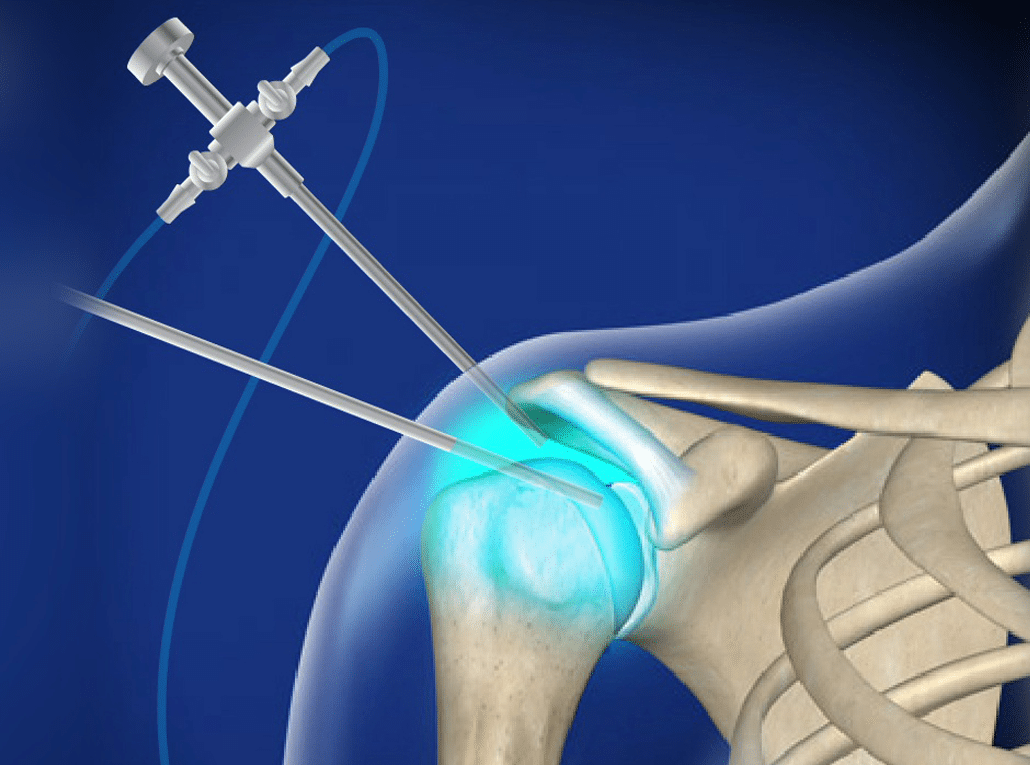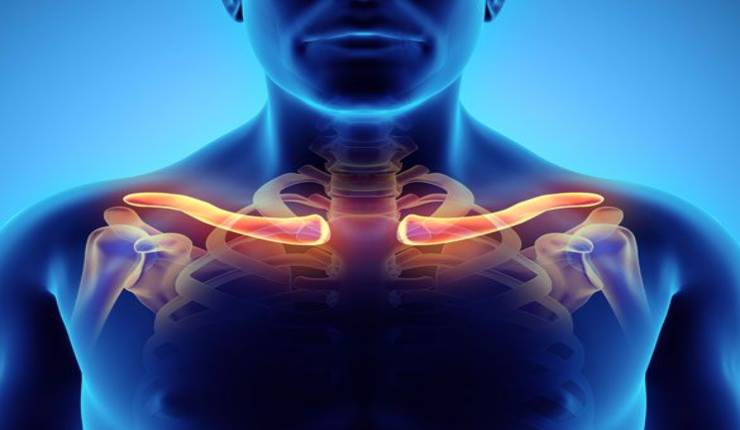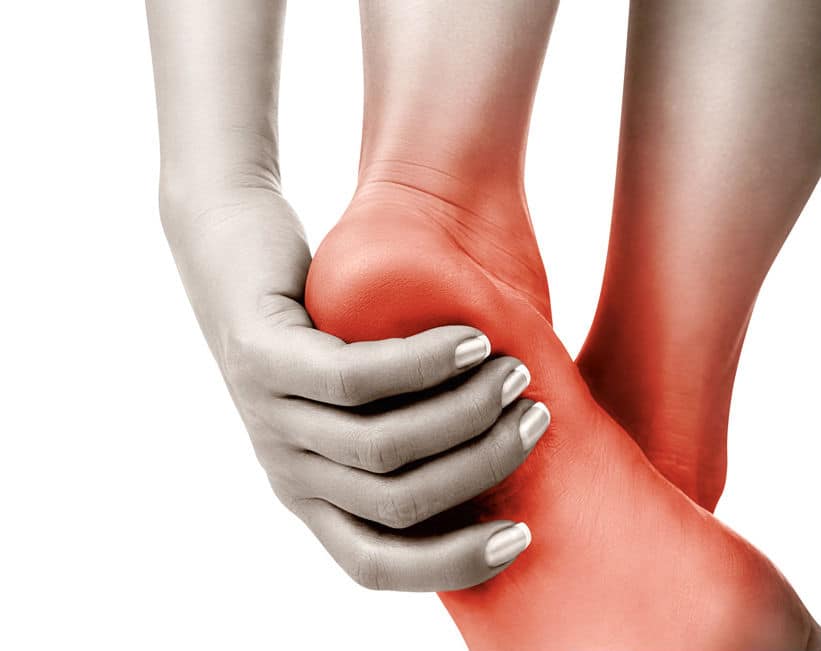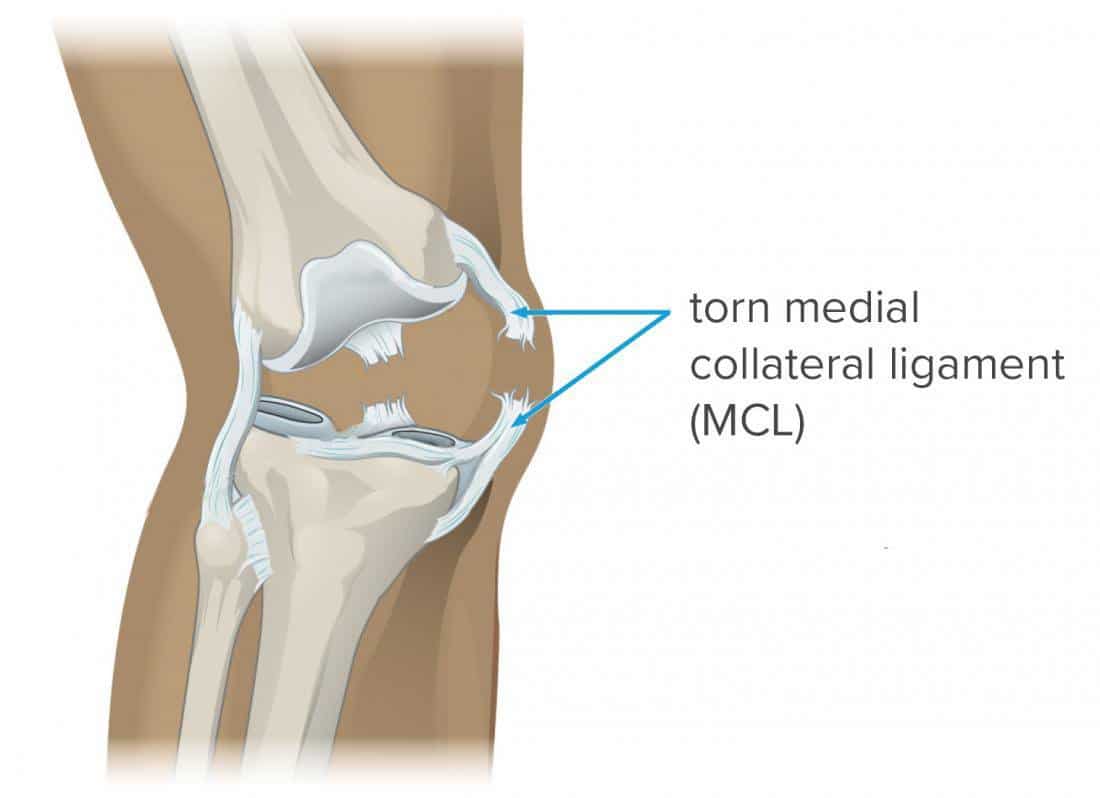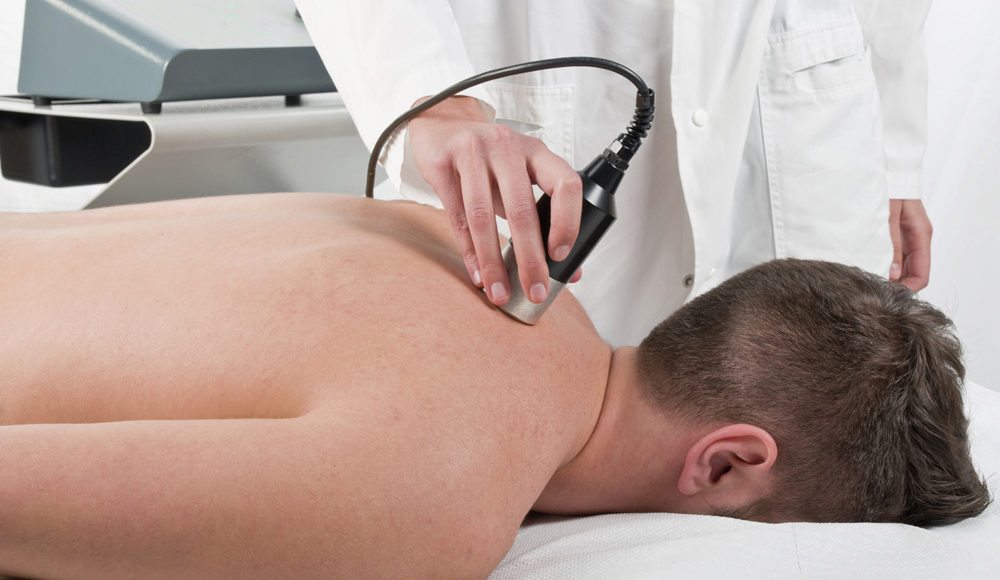Pelvic Bone Pain: Learn About Home Remedies!
Pelvic bones are paining me, you may hear this complaint frequently lately, as many people may feel pain and ache in the pelvic bone. Therefore, we will shed light on this injury in our article with identifying the most important causes responsible for this injury, the symptoms that appear, and the effective treatment method, so follow us.

Pelvic bones are paining me
Pelvic bone pain is a common and multifactorial condition that can particularly affect women. Pain in the pelvic area may indicate a problem with the pelvic skeletal structure, a reproductive system disorder, or deformities in the surrounding muscles and tendons.
Many women suffer from pelvic pain, which can stem from various potential causes, such as reproductive tract infections, benign or malignant tumors, bone or muscle deformities, and tendon tears.
To identify the potential cause of pelvic bone pain, a thorough physical examination and the patient’s medical history are necessary. The examination may include taking X-rays, MRI scans, or ultrasound imaging to accurately diagnose the condition.
Treatment should aim to alleviate pain and address the underlying potential cause. Treatment may involve pain medications, physical therapy measures to strengthen muscles and improve flexibility, and in some special cases, surgery may be required.
It is essential for individuals suffering from pelvic bone pain to consult their doctor for proper diagnosis and appropriate treatment. Some patience may be required to achieve improvement, and if the pain persists or worsens, a return visit to the doctor is necessary to reassess the condition and complete the necessary measures. You can enjoy an active and healthy life thanks to the treatment of pelvic bone pain with Dr. Amr Amal.
Causes of pelvic bone pain
1- Pelvic fractures:
Falls or car accidents are common incidents that can cause damage to the pelvic bones. This type of injury affects the flexibility and strength of the pelvis, resulting in severe pain in the area. For more information on the cost of pelvic fracture surgery, click here.
2- Infections and infections:
Infection in the pelvic area is one of the causes that can lead to bone pain. Such as pelvic inflammatory disease or reproductive tract infection, where bacteria or viruses cause inflammation and irritation of the tissues in the area.
3- Reproductive problems:
Some women suffer from reproductive problems that can cause pain in the pelvic area. Such as ectopic pregnancy or ectopic embryo implantation, where the growth of the embryo in unusual areas causes pain and tension in the pelvic bones.
4- Urinary tract problems:
Some diseases and disorders of the urinary tract can cause pelvic pain. Such as cystitis or kidney stones, where these problems cause irritation and inflammation in the tissues surrounding the pelvis, leading to severe pain.
5-Digestive system problems:
Some digestive system disorders are causes of pelvic bone pain. Such as inflammatory bowel disease or chronic constipation, where these problems cause bloating and gas accumulation in the intestines, resulting in pelvic pain.
6– Musculoskeletal diseases:
Pelvic bone pain may result from some diseases that affect the muscles and bones. Such as arthritis or muscle tissue damage, where these diseases cause chronic pain in the pelvic area. To learn more about bone and muscle inflammation, read the following article.
Symptoms of pelvic bone pain
- Pain in the pelvic area:
Affected individuals may experience sharp or aching pain in the pelvis that radiates from below the bellybutton and between the hip bones. - Swelling or redness:
In some cases, patients may notice swelling or redness in the affected pelvic area. - Difficulty in movement:
Affected individuals may have difficulty moving the pelvis easily, which may occur due to severe pain.
Get the right advice for pelvic bone care and maintaining its health with Dr. Amr Amal.

How is pelvic bone pain diagnosed?
Many people suffer from pelvic pain, and proper diagnosis of the source of this pain is crucial for proper and effective treatment. In this guide, we will discuss how to diagnose pelvic pain resulting from bone problems, as the steps to diagnose pelvic bone pain include the following:
- Consult a doctor: If you are experiencing pelvic pain, you should consult a specialist doctor, such as an orthopedist or orthopedic surgeon. A specialist doctor is qualified to evaluate and analyze your symptoms and medical history, as well as perform the necessary tests for proper diagnosis.
- Physical examination: After consulting the doctor, the first part of the diagnostic process is a physical examination. The doctor will perform a thorough examination of the pelvic area to look for signs of inflammation or bone injuries.
- X-rays: If a bone problem is suspected, X-rays may be requested. X-rays are one of the most commonly used methods for evaluating and diagnosing bone problems, as they provide two-dimensional images of the bones and clearly show internal structures.
- CT scans or MRI imaging: In some cases, the doctor may need a more detailed analysis of the bones and surrounding tissues. This is done through CT scans or MRI imaging, which provide three-dimensional images and help identify any changes occurring in the bones.
- Laboratory tests: The doctor may also recommend some laboratory tests to rule out other causes of pelvic pain, such as infections or rheumatic diseases.
- Specialist consultations: If the diagnosis remains unclear after the previous steps, the doctor may refer you for consultation with other specialists, such as gastroenterologists or general surgeons, to rule out other potential causes of pain.
Treatment of pelvic bone pain
Pelvic bone pain is a health issue that can significantly impact an individual’s quality of life. Despite the varying causes of this pain, there are several options for treating and alleviating the accompanying symptoms. We will explore some of the medical approaches used in treating pelvic bone pain, which include the following:
- Physical therapy:
Physical therapy may include stretching exercises, relaxation techniques, and massaging tense muscles, which can help alleviate pelvic bone pain and improve flexibility and muscle strength. - Medication:
Doctors may use certain medications to relieve pelvic pain associated with bacterial infections, such as pelvic inflammatory disease. Consult your treating physician to determine the appropriate medication for your condition, as this depends on the cause and severity of the pain. - Hormone therapy:
In some cases, hormone therapy may be used to treat conditions such as endometritis or hormonal imbalances that cause pelvic bone pain. This treatment is prescribed by specialists and is controlled based on the characteristics of each individual case. - Surgical procedures:
If the patient does not respond to other treatments or in the case of a serious health issue such as bone cancer, surgical procedures may be an option for treatment. This includes removing harmful tissues or tumors, and endometrial ablation, which involves destroying excess endometrial tissue, may be required. - Integrative treatment:
Seeking integrative treatment with the advice of the treating physician may also be a good option. This includes consulting a nutritionist to determine an appropriate diet, visiting a physical therapist to learn rehabilitation exercises and improve overall muscle condition, as well as psychological therapy and counseling to address pain resulting from potential psychological issues.
How to treat pelvic bone pain at home?
After consulting with the doctor and determining the cause of pelvic bone pain, the patient can take some steps at home to alleviate pain and promote healing. Here are some steps that can be followed:
1. Rest and warmth:
- It is advisable to get sufficient rest and relaxation.
- A supportive pillow is placed between the thighs to relieve pressure on the pelvic area.
- Heat pads can be applied to the pelvic area to relieve pain, such as hot water or heating pads.
2. Gentle exercises and movements:
- Gentle exercises and movements that promote flexibility and strengthen the pelvic muscles, such as Kegel exercises, can be practiced.
- Stretching exercises that relieve muscle tension and increase flexibility, such as side bends and rotation exercises, are recommended.
3. Applying ice:
- An ice pack or an ice cube wrapped in a soft cloth can be placed on the pelvic area for a short period, between 10 to 15 minutes, to reduce swelling and relieve pain.
4.Lifestyle changes:
- It is advisable to avoid strenuous activities and excessive movements that put pressure on the pelvic area.
- Maintaining a healthy weight and engaging in regular physical activity is recommended.
5. Avoiding infections and infections:
- Personal hygiene should be maintained, and exposure to pelvic infections or inflammations should be avoided.
Experience a unique treatment that combines personalized care and medical expertise with Dr. Amr Amal for the treatment of pelvic bone pain.
How to prevent pelvic bone pain?
When people suffer from pelvic bone pain, the causes can be multiple and varied. However, there are some precautions and measures that can be taken to prevent this annoying pain. In this article, we will review five valuable tips to maintain pelvic bone health and avoid potential pain, as follows:
1.Maintain proper posture:
One of the major causes of pelvic bone pain may be poor posture while sitting or standing. Therefore, it is recommended to sit upright and stand in a proper posture to provide adequate support for the bones and muscles in the pelvic area.
2. Exercise regularly:
Regular and appropriate exercise is one of the most proven ways to maintain pelvic bone health. Suitable exercises strengthen and increase flexibility in the pelvic areas, reducing the likelihood of pain.
3. Prevent injuries:
Being cautious about sudden injuries is essential to prevent pelvic bone pain. It is advisable to avoid improperly lifting heavy weights and follow proper techniques to prevent tendon and muscle injuries in the pelvic area.
4. Maintain an ideal weight:
There is no doubt that excess weight can adversely affect bone health in general, including the pelvic bones. Therefore, it is essential to maintain a healthy weight and follow a balanced diet to prevent pelvic pain and maintain its health.
5. Consult a doctor:
If the pain persists and worsens, it is necessary to consult a specialist doctor to accurately assess the condition and determine appropriate treatment. The doctor can provide additional procedures and recommendations for preventing pelvic bone pain based on each individual’s case.
Exercises to relieve pelvic bone pain
Pelvic exercises offer numerous health benefits, helping to strengthen and relieve pelvic bone pain. In this article, we will introduce you to a set of beneficial exercises that you can practice at home to relieve pelvic bone pain and improve muscle flexibility, which includes the following:
- Quadricep stretch:
- Start by lying on your back and bending your knees.
- Place your hands beside your body.
- Raise one leg forward, keeping your leg straight.
- Hold the position for 10-15 seconds.
- Return your foot to the starting position and repeat the exercise with the other leg.
- Ball massage:
- Prepare a small exercise ball, such as a therapy ball or tennis ball.
- Sit on a comfortable chair and place the ball under the pelvic bone level.
- Move forward, backward, and to the right and left sides.
- Continue massaging for 5-10 minutes daily.
- Knee-to-chest exercises:
- Start by lying on your back with your knees bent and feet on the floor.
- Slowly bring one knee towards your chest.
- Hold the position for a few seconds, then return your foot to the starting position.
- Repeat the exercise with the other foot.
- Pelvic tilt exercises:
- Start by lying on your back with your knees shoulder-width apart.
- Slowly raise your pelvis until a straight line is formed from your knee to your shoulder.
- Hold this position for a few seconds, then return your pelvis to the starting position.
- Repeat the exercise 10-12 times.
For more information about back exercises in general, read the following article.
What causes pelvic bone pain when sitting?
- Urinary tract infection:
Pelvic bone pain may result from a urinary tract infection. Cystitis or kidney inflammation can cause many symptoms, including pain when sitting in the pelvic area. - Prostatitis:
Men may experience pelvic bone pain while sitting due to prostatitis. This condition is accompanied by symptoms such as difficulty urinating. - Musculoskeletal issues:
These issues include muscle tension or spasms in the pelvic area. This can occur due to prolonged sitting or improper weight distribution on the bones. - Spinal problems:
Pelvic bone pain when sitting may result from spinal problems such as disc herniation or sacroiliac joint inflammation. These problems can put pressure on the nerves in the pelvic area. For more information about neck and spinal problems, click here.
It is essential to consult a specialist doctor to determine the exact cause of pelvic bone pain when sitting. Treatment may involve body movements and lifestyle adjustments, and in some cases, medication may be prescribed to relieve pain. Do not hesitate to seek proper medical assistance to regain your comfort and health. You can enjoy an active and healthy life thanks to the techniques for treating pelvic bone pain with Dr. Amr Amal.
Best Pelvic Orthopedic Surgeon in Egypt
Dr. Amr Amal is considered one of the leading pelvic orthopedic surgeons in Egypt. Dr. Amr holds a Bachelor of Medicine degree from Ain Shams University with honors. He is recognized as a consultant in the field of orthopedic and joint surgery. Dr. Amr Amal’s experience is specialized in treating pelvic problems that can significantly impact people’s lives. He has demonstrated exceptional skill and excellence in orthopedic and joint surgery, with deep knowledge in this field.
Dr. Amr Amal is one of the most renowned orthopedic surgeons and consultants in Egypt, known for his extensive experience and precise knowledge in this field. He is the ideal choice for those seeking an orthopedic surgeon in Egypt.
Orthopedic and joint surgery is an important medical specialty that plays a crucial role in improving people’s lives and alleviating their pain. Based on Dr. Amr Amal’s expertise, pelvic orthopedics is one of the key areas where he excels, providing excellent medical services in treating and performing surgeries for pelvic problems.
Dr. Amr Amal brings extensive experience and excellent education in the field of orthopedic and joint surgery, transferring his valuable knowledge to patients suffering from pelvic issues. He helps them regain their health and improve their quality of life. Therefore, Dr. Amr Amal is considered one of the best pelvic orthopedic surgeons in Egypt, delivering his services professionally and proficiently to patients, offering a reliable and effective option for those seeking treatment for pelvic problems with the highest standards of quality and medical care.

